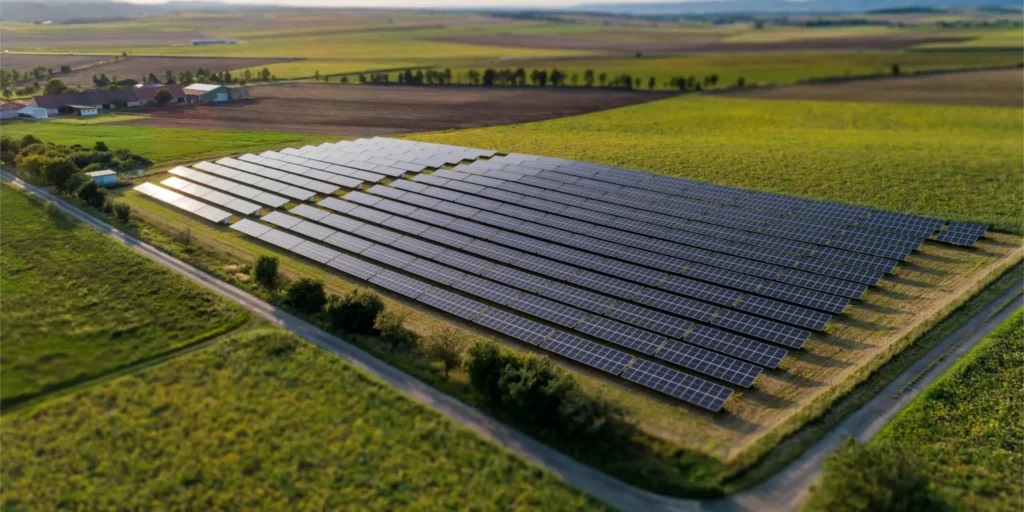Choosing the right photovoltaic (PV) panels for your solar energy system involves considering several factors to ensure optimal performance and efficiency.
- Type of Solar Panels:
- Monocrystalline, Polycrystalline, or Thin-Film: Monocrystalline panels tend to be more efficient and space-efficient but are often more expensive. Polycrystalline panels are slightly less efficient but more cost-effective. Thin-film panels are less efficient but can be more flexible and lighter.
- Efficiency:
- Higher efficiency panels convert more sunlight into electricity. Consider your available space and energy needs when balancing cost and efficiency.
- Space and Size:
- Consider the available space for installation. If space is limited, you may want higher efficiency panels or those with a smaller footprint.
- Budget:
- Determine your budget for the entire solar energy system. Balance the cost of the panels with their efficiency and expected lifespan.
- Warranty:
- Check the warranty offered by the manufacturer. A longer warranty often indicates the manufacturer’s confidence in the panel’s durability and performance.
- Temperature Coefficient:
- Panels’ efficiency can decrease with temperature. Look for a low-temperature coefficient to ensure better performance in hot climates.
- Durability and Quality:
- Consider the build quality and durability of the panels. Quality materials and construction contribute to a longer lifespan and better performance.
- Manufacturer Reputation:
- Choose panels from reputable manufacturers with a proven track record. Research customer reviews and testimonials to gauge the reliability of the panels.
- Certifications:
- Check if the panels have relevant certifications, such as IEC, UL, or TUV, which indicate compliance with international quality and safety standards.
- Aesthetics:
- Some homeowners may have aesthetic preferences, and certain types of panels may be more visually appealing. Consider the appearance of the panels if this is important to you.
- Installation and Mounting:
- Consider the ease of installation and the type of mounting system required. Some panels may be better suited for specific mounting configurations.


